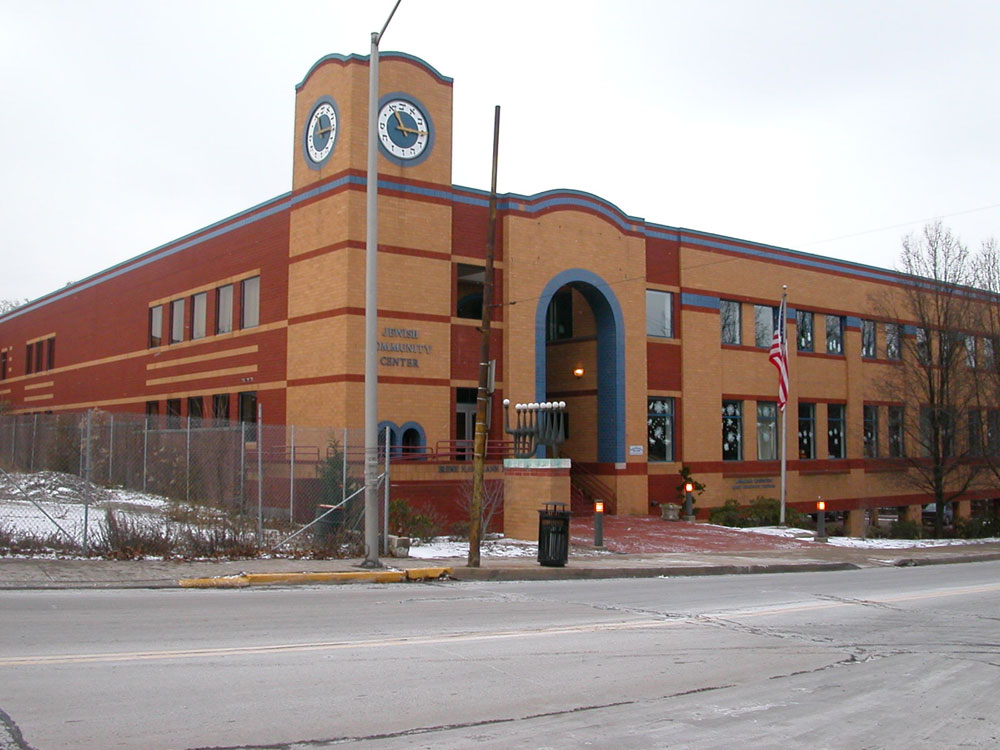
April 8, 2020; Forward
The dream of every nonprofit organization is to have a sustainable business model that provides an ongoing stream of funds to support its mission. Often, earned income is a strength. But every business model has its weaknesses. Today, due to the pandemic-induced economic shutdown, many nonprofit organizations that rely on fees find themselves without the donor cushion that they now need. As Jeanne Bell observed, writing for NPQ, while earned income can be important to a nonprofit’s success, “it is important not to conflate profitability with earned income.”
In the past several days, we’ve seen this story play out for the more than 164 Jewish Community Centers (JCCs) in cities from coast to coast. During 100 years of serving families and building community, JCCs grew to depend on a fee-for-service model that was, in normal times, quite successful. A recent public letter from Doron Krakow, president and CEO of the JCC Association of North America, says that they had, collectively, annual operating budgets totaling more than $1.6 billion, which they used to employ more than 38,000 full-time, part-time, and seasonal employees. They served thousands upon thousands at their summer camps and through their early childhood education programs.
This success, however, served to mask a critical vulnerability—a heavy dependence on fee-for-service revenue, to the tune of 80 percent per JCC on average. As Krakow notes:
Literally overnight, that income stream stopped nearly dead in its tracks when the overwhelming majority of JCCs closed their doors in response to the recommendations of public health authorities and elected officials. Otherwise sound institutions were confronted by concerns about insolvency, not as a result of a faulty business model, but owing entirely to the impact of an act of God. Cash reserves and support from local Jewish communities are all that stand between some JCCs and the nightmare of widespread layoffs and cancellations. For others, that time has come and gone.
As most nonprofits do, JCCs spend the bulk of their resources on the personnel who deliver and manage their service systems. With no revenue, and without the immediate ability to access alternative sources of funding, furloughs and layoffs have been necessary—and severe. The Forward recently reported, “Bay Area JCCs have furloughed some 700 people. Philadelphia’s Kaiserman JCC laid off 176, leaving just its president and one other staff member, per JTA. Orlando JCC has laid off all 130 employees, including its director. In Atlanta, more than 50 percent of Marcus JCC’s staff were laid off or furloughed.” Krakow expects staff reductions will reach 90 percent across this network of organizations, which would affect 34,000 people nationwide.
Critical staff members who have been laid off may not be there when a JCC is ready to go back into operation. In that case, organizations may not only have to rebuild their finances but their staff team—a difficult task under the best of circumstances. Some JCCs have tried to move their services online, hoping to maintain their relationships so when it is possible to start up again, they will find their clients ready to return.
Sign up for our free newsletters
Subscribe to NPQ's newsletters to have our top stories delivered directly to your inbox.
By signing up, you agree to our privacy policy and terms of use, and to receive messages from NPQ and our partners.
Mark Hager and ChiaKo Hung, in their NPQ article about whether or not nonprofit revenue diversification is always a positive, seemed to be talking about just this kind of moment when they wrote last year that “revenue streams, especially when the future is going to look much like the past, are safe and stable, just like savings accounts. However, the future is looking less and less like the past.” Jewish Community Centers, like other nonprofits dependent on congregate sites, cannot deliver the tried-and-true programs they are paid to deliver, and every day of inactivity leaches from organizational viability.
In some cases, third-party payers like government agencies may work to cover contracts where they can to maintain the organization as a piece of needed local infrastructure. But when payments come directly from the clientele, there is no one but the clients to appeal to, and they may be having their own worries.
Zack Bodner, chief executive of the Oshman Family JCC in Palo Alto, California, told the Forward he’s concerned “that by the time JCCs reopen, members and donors will be stingier because of ripple effects from the stock-market downturn, widespread layoffs, and general economic slowdown. He expects JCC membership to be squeezed out of some post-pandemic family budgets.”
Beyond the risks of relying so heavily upon one revenue type, JCCs are also demonstrating the dangers of independence, as opposed to interdependence. JCCs that formed broader alliances in their community tapped into outside resources. According to New York Jewish Week, the “UJA-Federation of New York announced this week that it is allocating nearly $10 million in interest-free loans and grants.”
For its part, the JCC Association is trying to fill a bridging role for its network of now-very-vulnerable independent organizations. It has called for philanthropists to come together “to provide or guarantee $1 billion in low or no-cost credit and to make it available on the day after [this crisis comes to an end]. Repayment periods of 10 years, with none expected in the first 24 months, will allow restored margins to support the necessary payments.”
Looking forward from the depths of this crisis, the turmoil of the JCC movement serves as a wakeup call. After the pandemic passes, nonprofit leaders will need to look closely at how they weathered this storm and how they will adjust to the future. Beyond reopening and rebuilding, it will be essential to question past assumptions about independence, what was done in the past, and the need for diverse sources of revenue, as we retool for a post-pandemic world.—Martin Levine











